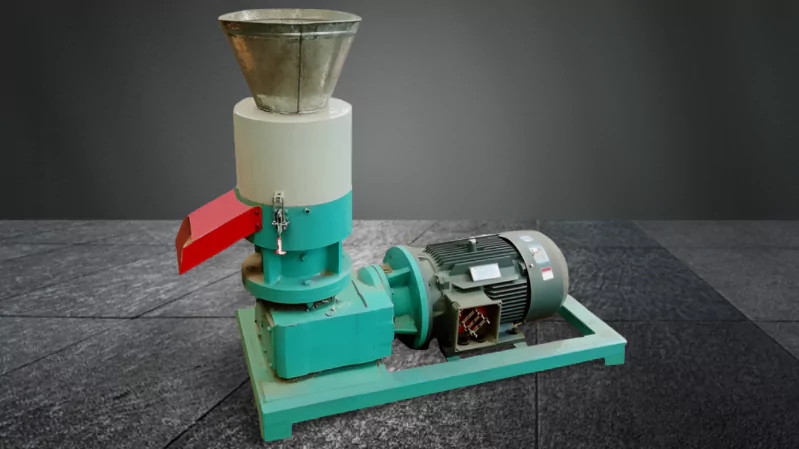
| Price | 2500-50000 USD |
| Delivery Time | 20-25 days |
| Available | In Stock |
| Package | In Free Fumigation Wood Box |
| Guarantee | 1 Year |
| Shipping | By Sea or By Air |
| Payment Method | Wire Transfer or Western Union |
| Brand | Victor |
Wood Pellet Mill: 0.1-3T/H Capacity & 3-10mm Output
| Production Output | 0.1-3 t/h |
| Power | Electric motor |
| Voltage | 110-415V |
| Raw Materials | wood sawdust, grass, hay, alfalfa, edible leaf etc |
| Type | flat die type |
| Final product size | 3-10 mm |
| Application | fuel pellets |
| Used For | wood pellets |
Technical Parameters: 7.5-110kW Power Range & Industrial Models
| Model | Capacity(kg/h) | Power(kw) | Pellet Size(mm) | Pellet Length(mm) | Pellet Density(g/cm3) | Pellet Moisture(%) | Demension(mm) | Weight(kg) |
| VTMKL-200 | 100-120 kg/h | 7.5kw | 6mm-30mm | 20mm-50mm | 1.1-1.3 g/cm3 | < 7% | 1150*530*750mm | 350KG |
| VTMKL-250 | 200-300 kg/h | 15kw | 6mm-30mm | 20mm-50mm | 1.1-1.3 g/cm3 | < 7% | 1450*700*1200mm | 550KG |
| VTMKL-300 | 300-500 kg/h | 22kw | 6mm-30mm | 20mm-50mm | 1.1-1.3 g/cm3 | < 7% | 1600*800*1450mm | 750kw |
| VTMKL-350 | 500-700 kg/h | 30kw | 6mm-30mm | 20mm-50mm | 1.1-1.3 g/cm3 | < 7% | 1650*1000*1500mm | 950kg |
| VTMKL-450 | 700-900 kg/h | 37kw | 6mm-30mm | 20mm-50mm | 1.1-1.3 g/cm3 | < 7% | 1800*1100*1650mm | 1100kg |
| VTMKL-550 | 900-1500 kg/h | 45kw | 6mm-30mm | 20mm-50mm | 1.1-1.3 g/cm3 | < 7% | 2000*1000*1700mm | 1700kg |
| VTMKL-800 | 1500-2000 kg/h | 90kw | 6mm-30mm | 20mm-50mm | 1.1-1.3 g/cm3 | < 7% | 2050*1050*2250 mm | 4250kg |
| VTMKL-1000 | 2000-3000 kg/h | 110kw | 6mm-30mm | 20mm-50mm | 1.1-1.3 g/cm3 | < 7% | 2100*1200*2300 mm | 5200kg |
working video of Wood Pellet Mill
Introduction
Are you looking for a smart way to heat your home or workshop? Maybe you have wood waste from your carpentry business or farm that you’d like to turn into something valuable, instead of just letting it pile up. Wood pellets are a clean, efficient, and often eco-friendly fuel source. And the good news? A wood pellet mill is the machine that lets you make them yourself.
This guide is here to give you the straight goods. We’ll explain what these mills are, how they work, and the different types you can find. We’ll also cover what to look for when buying one, the kinds of raw materials you can use, and how to make your own wood pellets safely and effectively.
What Exactly is a Wood Pellet Mill?
Simply put, a wood pellet mill is a specialized machine. It’s designed to take raw wood materials – things like sawdust, wood shavings, or finely chipped branches – and compress them under very high pressure. This process forms the wood material into small, dense, uniform pellets.
The main purpose of these mills is to create an efficient, easy-to-handle, and often renewable fuel source from wood biomass. These pellets can then be burned in special pellet stoves or boilers for heating.
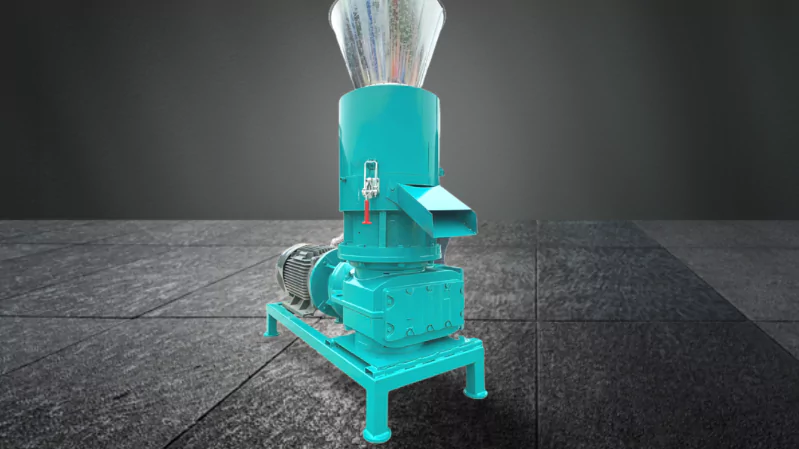
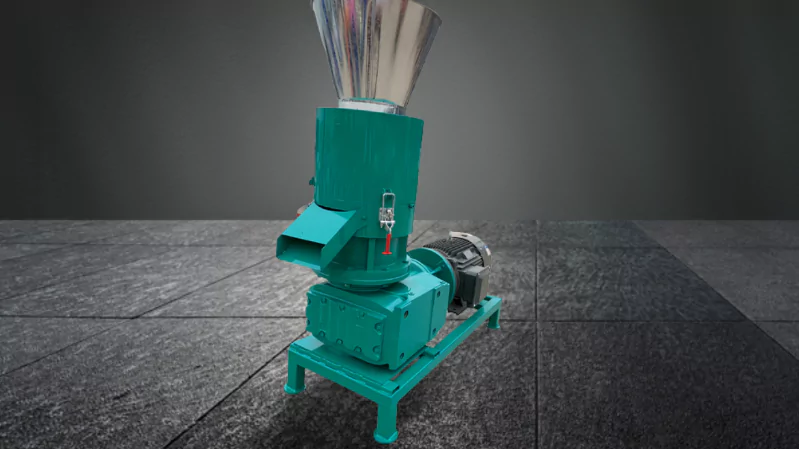
The Big Wins: Why Make or Use Wood Pellets?
Turning wood into pellets isn’t just a neat idea; it comes with some real, practical advantages.
Cost-Effective Heating Fuel for Your Home or Business.
Making your own wood pellets with wood pellet mill can often be a cheaper way to heat your space compared to buying oil, propane, or paying for electricity. This is especially true if you have access to free or low-cost wood waste from your own property or business.
An Environmentally Friendlier Heating Option.
Wood pellets are made from biomass, which is a renewable resource. When the wood is sourced from sustainably managed forests or is a by-product (like sawdust), burning the pellets can be considered a carbon-neutral way to produce heat.
Easy to Store, Handle, and Use.
Compared to traditional firewood or bulky wood chips, pellets are a dream to manage. They are uniform in size, flow easily, are much cleaner to handle, and take up significantly less storage space. They are perfect for use in automated pellet stoves and boilers that feed themselves.
Efficient and Consistent Burning for Steady Heat.
Good quality wood pellets provide a consistent and reliable heat output. They burn cleanly and efficiently, meaning you get more heat from your fuel.
Turn Wood Waste into a Valuable Product.
This is a huge benefit for many. If you run a sawmill, a carpentry shop, a tree service, or even if you’re a landowner with a lot of wood debris, a pellet mill can turn this “waste” into usable fuel for yourself or a product you can sell.
Flat Die vs Ring Die: Capacity & Cost Comparison Chart
When you start looking at wood pellet mills, you’ll mainly see two types. Understanding the difference is key to choosing the right one.
Flat Die Wood Pellet Mills:
How they work: Imagine a flat, heavy metal plate (that’s the die) with lots of small holes drilled through it. Above this plate, rollers press the wood material down, forcing it through these holes to make the pellets.
Best for: These are often more affordable and have a simpler design. They are generally a good choice for smaller-scale production, like for home use or small workshops. Some farmers also find that flat die wood pellet mill can sometimes handle a wider variety of raw material conditions with a bit less fuss.
Considerations: They typically have a lower production capacity compared to ring die wood pellet mill. The die and rollers might also wear out a bit faster if you’re processing very hard materials continuously.
Ring Die Wood Pellet Mills:
How they work: In this type, the die is shaped like a ring or a cylinder, and it rotates. Rollers are positioned inside this rotating ring. As the wood material is fed into the center, the rollers press it outwards through the holes in the ring die.
Best for: These are built for larger-scale, often commercial, wood pellet production. They are usually more efficient, have a greater capacity, and can handle continuous, heavy-duty operation. They generally produce very consistent and durable pellets, especially when working with harder woods.
Considerations: Ring die wood pellet mill is more expensive to buy. They can also be more complex in their design and might require more specialized maintenance.
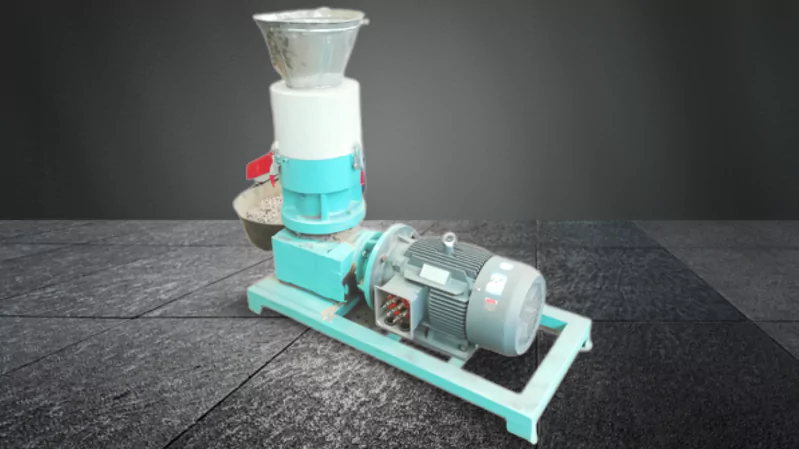
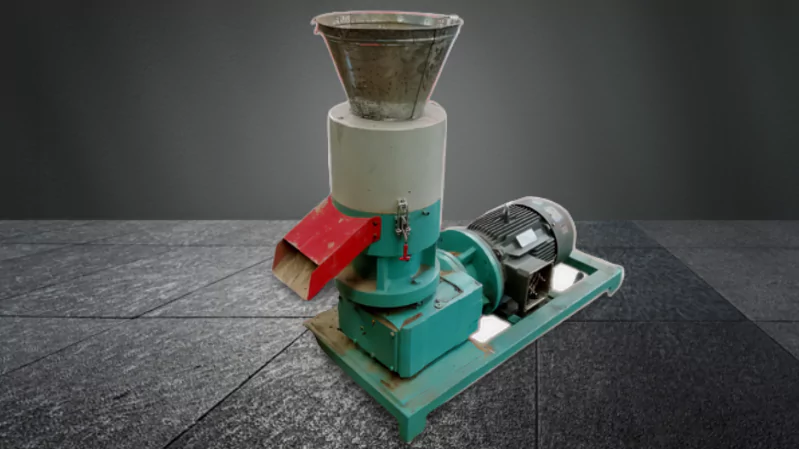
How Wood Pellets Are Made: The Basic Production Steps
Making wood pellets involves a few key stages.
Raw Material Preparation – This is Key!
You can’t just throw logs into a pellet mill. Your wood needs to be the right size first. This usually means chipping larger pieces and then grinding them into smaller particles, like coarse sawdust. Critically, the wood must also have the right moisture content – typically around 10-15%. If your material is too wet, it won’t pellet properly; if it’s too dry, the pellets might not bind together well.
Feeding into the Pellet Mill:
Once your wood material is properly sized and has the right moisture, it’s fed evenly into the hopper of the pellet mill.
Compression & Extrusion (Making the Pellet):
Inside the wood pellet mill, the rollers force the wood material through the small holes in the die. This creates intense pressure and friction. The friction generates a lot of heat. This heat helps the natural lignin in the wood (think of it as the wood’s own natural glue) to soften and act as a binder, holding the pellet together as it’s formed.
Cutting the Pellets:
As the compressed wood material pushes out of the die holes, pellets are usually cut to a uniform length, often by a set of knives.
Cooling & Sifting:
Freshly made pellets are very hot (sometimes over 80°C) and are somewhat soft. They need to be cooled down quickly to become hard and stable for storage. After cooling, they are usually sifted or screened to remove any fine dust or broken pieces.


Choosing the Right Wood Pellet Mill: A Buyer’s Checklist.
Picking the right wood pellet mill for your needs is important. Here are some things to think about:
What Raw Materials Will You Be Using Primarily?
Are you planning to use softwoods like pine, or hardwoods like oak? Will it be mostly sawdust, or will you be processing wood chips and small branches that need more robust pre-grinding before they even get to the pellet mill? Some mills handle certain types of wood better than others.
How Many Pellets Do You Need to Make? (Capacity in kg/hr or lbs/hr):
Match the wood pellet mill output capacity to your heating needs. If you plan to sell pellets, figure out your production goals. Don’t buy a machine that’s too small and frustrating, or one that’s too big and expensive for what you actually need.
Flat Die or Ring Die – Which Fits Your Scale and Budget?
Think back to the descriptions in the “Key Types” section. Your production volume and budget will heavily influence this choice.
Die & Roller Quality and Availability:
These are the main parts that do the work and will wear out over time. Are they made from durable, hardened alloy steel? How easy is it to get replacement dies and rollers from the supplier, and what do they cost?
Power Source Requirements:
Do you have the correct electrical supply for an electric wood pellet mill? Many larger mills require a three-phase power supply. Or, do you need a mill that can be driven by a tractor’s PTO (Power Take-Off) or a separate diesel engine, especially if you’re working in a location without good grid power?
Your Budget:
Be realistic about what you can spend. A good quality pellet mill is an investment that should last for many years. Very cheap machines might look tempting, but they might not be durable or safe.
Supplier Reputation & Support:
Look for sellers or manufacturers of wood pellet mill who have good reviews. They should offer clear information about their machines. It’s also helpful if they can provide advice or support if you have questions or run into issues later.
Raw Materials: What Can You Actually Turn into Wood Pellets?
You can make wood pellets from a variety of wood-based materials:
Softwoods (like Pine, Spruce, Fir): These are generally easier to pelletize. Their lower density and often higher natural lignin content help them bind well. They also tend to produce pellets with less ash when burned.
Hardwoods (like Oak, Maple, Beech): These can make very dense pellets that are packed with energy. However, they can be harder on the pellet mill. They might require more pressure or specific conditioning to make good pellets.
Sawdust & Shavings: These are ideal raw materials. They often require less pre-grinding before going into the wood pellet mill, saving you a step.
Wood Chips & Small Branches: These will definitely need to be processed through a wood chipper first. After chipping, they will likely need to be ground in a hammer mill to reduce them to the right particle size for pelleting.
Very Important Note: Whatever wood material you use, it must be clean. It needs to be free from dirt, rocks, metal pieces, or plastics. It also absolutely must have the correct moisture content (usually between 10% and 15%) for successful pelleting.
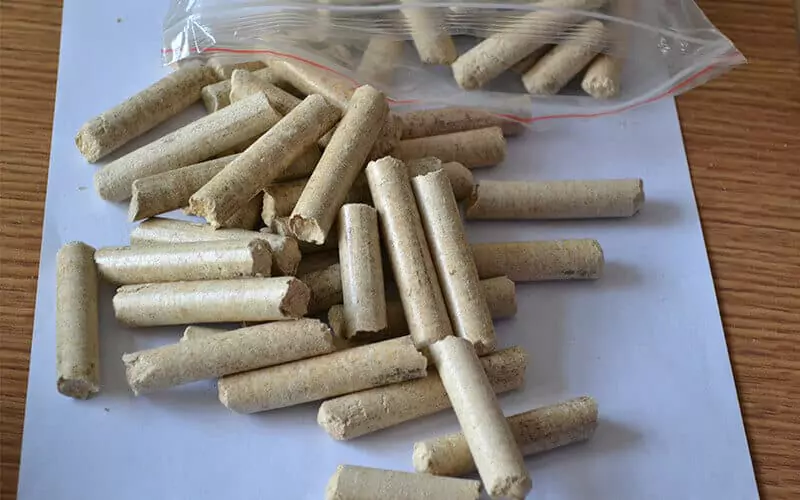
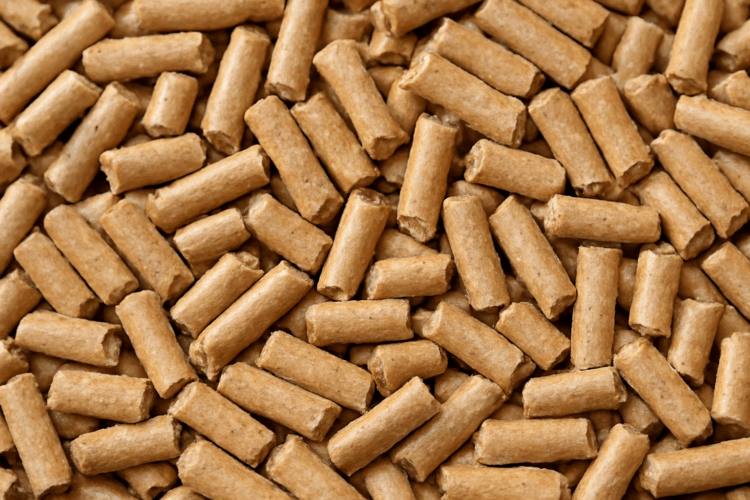
Tips for Success & Safety When Making Wood Pellets.
Making good pellets takes a bit of know-how. Here are some tips:
Moisture is King! Seriously.
Getting the moisture content of your raw material just right is probably the biggest secret to making good wood pellets. It’s not a ‘maybe’; it’s a ‘must.’ Too dry, and your pellets won’t bind together properly; they’ll be dusty and crumbly. Too wet, and you’ll get mushy pellets, or the material can jam up the die in your machine. Invest in a good wood moisture meter – it’s worth every penny!
Don’t Force the Machine.
If your wood pellet mill is struggling, making strange noises, or frequently jamming, stop and check what’s going on. Forcing it can cause serious damage to the machine or even lead to an accident. Check your raw material (is it too wet, too dry, or too coarse?) or the machine’s settings.
Regular Maintenance is a Must.
Keep your wood pellet mill die and rollers clean and in good condition. Follow the manufacturer’s lubrication schedule. A little care regularly will make your machine last much longer and produce better pellets.
Safety First, Last, and Always!
These are powerful machines that operate under very high pressure. They are not toys. Never bypass any safety guards or switches. Always wear appropriate safety gear, especially eye protection and sturdy gloves. Know where the emergency stop button is and make sure it works. Remember that story you heard about a friend’s sleeve getting caught? Let’s make absolutely sure that never happens to anyone. Treat your wood pellet mill with the respect it deserves, every single time you use it.
